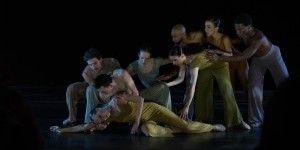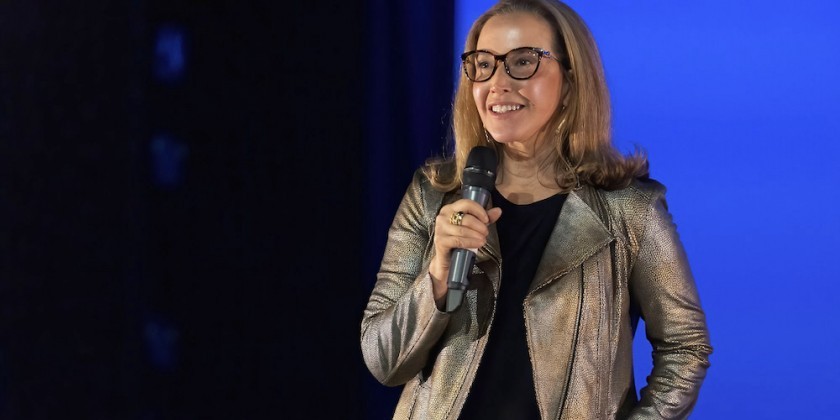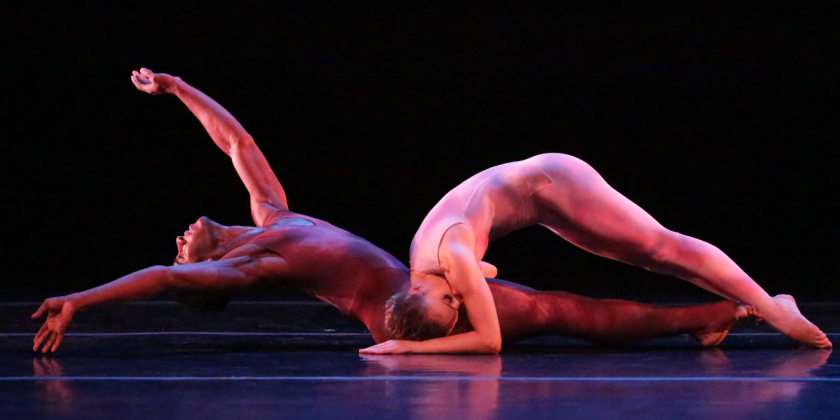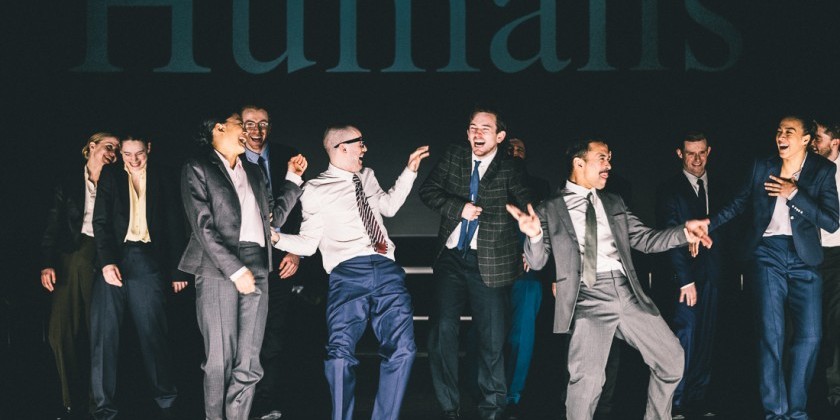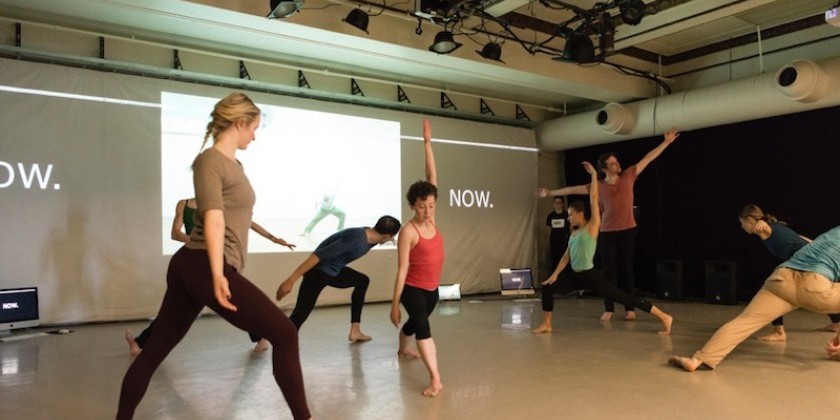Impressions of MorDance
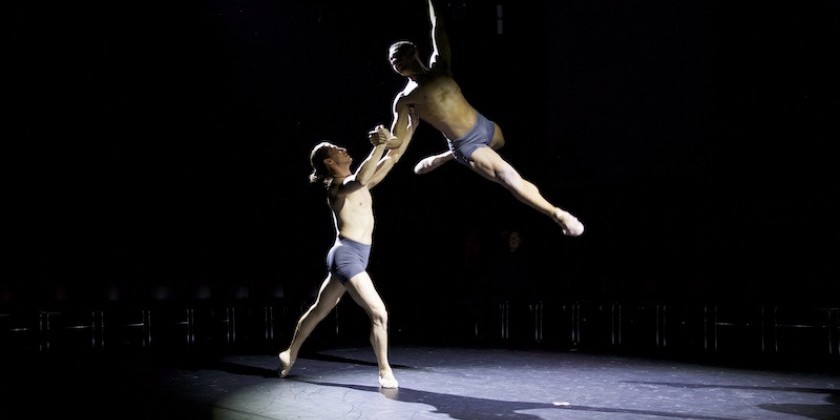
At the Sheen Center
The Shape of Voice Music, Apart from the Peripheral Music, Propinquity Music
Sunday, 24 April 2016 / 2 p.m.
Dancers: Kara Chan, Jace Coronado, Megan Dickinson, David Freeland, Adrianna de Svastich, Izabela Szylinska, Stephanie Williams
Live Musicians (“Apart from the Peripheral Music”): Serafim Smiglskiy (cello), Sara Silver (violin), Mujan Hosseinzadeh (viola), Nilko Andreas Guarin (guitar)
Choreography: Morgan McEwen
Musical Scores: “Partita for Eight Voices” by Caroline Shaw (“The Shape of Voice Music, recorded)
Score by Nilko Andreas Guarin (“Apart from “The Peripheral Music,” live) / “Evening Side” by Four Tet (“Propinquity Music,” recorded)
Costumes: North Carolina School of the Arts (“The Shape of Voice Music”) / Body Wrappers by Angelo Luzio (“Propinquity Music”)
Lighting Designs: Benjamin Williams
Pictured above (L-R): Jace Coronado and David Freeland
The dancers in this small, young, freelance ballet company are so beautiful physically that it makes one embarrassed even to be in their presence in the audience. Four of the five women are in the short-waisted, long-wristed, and long-thighed mold of the company's founder and choreographer, Morgan McEwen, who joined her performers to take a bow in an elongating pants outfit and shoes with sky-high heels. Also like her, three of the women are incandescent blondes. Everyone here is also accomplished, their bios packed with training in fine schools and academies and dancing experience in prominent ballet companies and choreographers' groups in the US and Europe, and with awards and films. Jace Coronado and David Freeland, the two gentlemen in the show, have both performed for (among many other organizations) The Metropolitan Opera, a connection with Ms. McEwen, who, before she founded MorDance in 2013, performed with the Met and on Broadway as well as with the Richmond Ballet, in Virginia, and BalletMet, in Ohio.
Perhaps the best-known dancer on the program was the movie-star lovely Australian native Stephanie Williams, currently a member of the corps at American Ballet Theatre and a dancer admired by balletomanes for her ability as well as for her beauty, even when she's lined up with her colleagues.
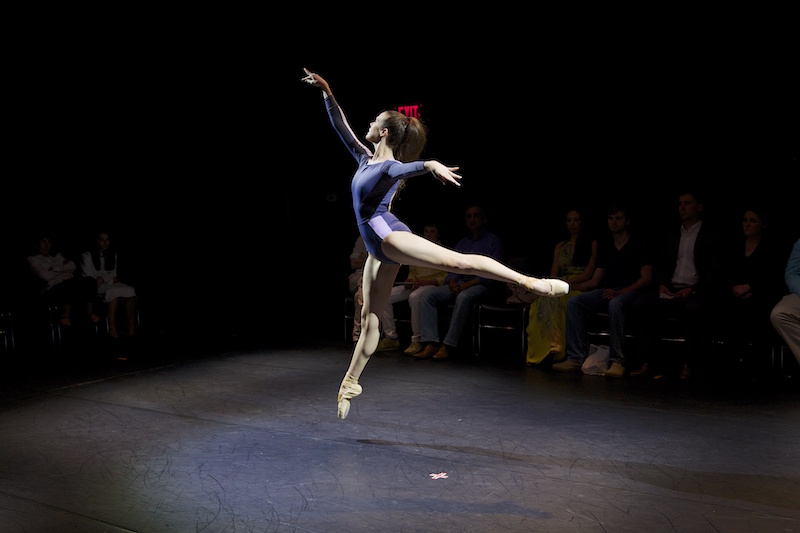
At MorDance, Ms. Williams was featured in the last ballet, Propinquity Music, in which she performed a number of solos and a partnered sequence with one of the gentlemen. She demonstrated her quickness and exactitude of timing, her ability to analyze movement physically and isolate it visibly, her lyrical adagio line, the fine arches of her feet, her unflappable calm in many temporal conditions, and an ineffable quality, too — I don't know quite how to put it: a tendency to resolve potentially harsh angles into accommodating curves. I felt as if I were watching a 21st-century version of Victoria Page dancing with the little ballet company at the beginning of The Red Shoes.
What I didn't quite sense was that we were watching art as well as very highfalutin engineering and technique, and, with one exception, this was the case for the dancing in all three works on the program.
Still, despite the prowess of the dancers; changes of costume; an evident attempt to vary group work with solos, pas de deux, and trios; interesting music (the MorDance-commissioned score — silky, songlike, and danceable — by Nilko Andreas Guarin, which Mr. Guarin and his colleagues played live, is a treasure), to my eye the three ballets looked pretty much the same. All of them rely exclusively on a scholastic, classroom vocabulary of classical steps, and all of them seem to run, so to speak, at the same idle time, without peaks or valleys of emphasis. The result was, for me, largely an effect of admirable, yet also arid professionalism.
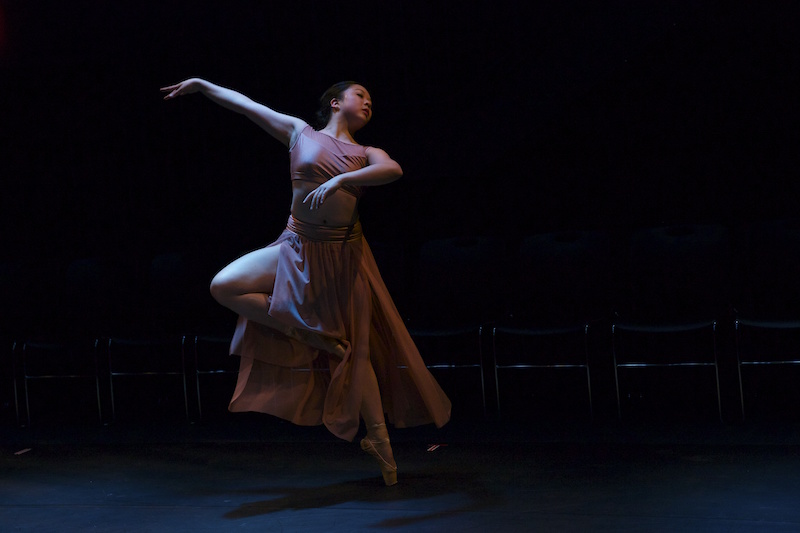
Except for one dancer: Kara Chan, a comparatively short brunette with a wider rib cage and less sumptuously arched feet than her MorDance colleagues, as well as a Juilliard degree and some prominent modern-dance performing experiences. Even so, whenever I glanced at her, she was making the ballet combination she was doing a thing of interest, even mystery. Her musicality is astonishing; she never looked rushed, no matter the tempo, and she phrased musico-choreographic repeats differently each time. At a couple of moments, I had difficulty reconciling the fact that she was sharing the stage with dancers who looked so different from her. All of them may prove themselves to be artists as well as excellent technicians, given the right choreography. But Ms. Chan showed herself to be an artist given choreography that turned everyone else into mechanisms. Her inclusion on this program, along with Mr. Guarin's beautiful score, piques my interest in Ms. McEwen's theatrical decision-making. I'd gladly return to see how MorDance evolves.
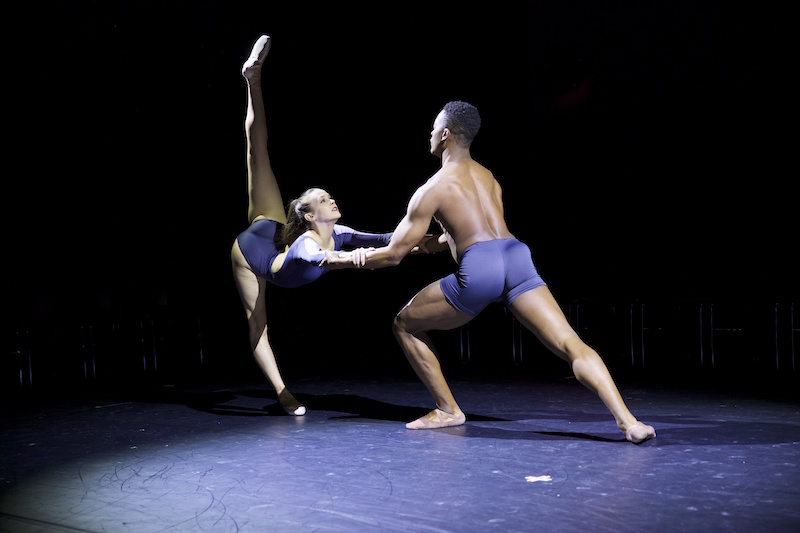
In part, the problems with Ms. McEwen's dancemaking may have been the result of the spatial constriction of the black-box theater itself. Carved from the basement of a 1920s Lower East Side parish school, the performing space is a rigid rectangle, surrounded by chairs on four sides. Although it could work well as a modern-dance, postmodern-dance, or performing-art venue, it fights the aesthetic needs of ballet. On the other hand, one can't fault the company's support of the place, a finely and recently renovated building, called the Sheen Center of Thought & Culture, which is owned by the Archdiocese of New York. Although, as a parish school, the structure in this neighborhood close to The Bowery served the Italian American community surrounding it during the pre-World War II years of the 20th century, in 1938 it was converted to a shelter for homeless men and continued to serve that function until 2009. As a space dedicated to Christian humanism in the arts — with a 250-seat theater (The Loretto Auditorium) as well as the black box and a gallery for art exhibitions — the Sheen Center is, today, principally intended to serve artists, rounding out that new focus with church-oriented activities. In a 2014 Wall Street Journal story, by Pia Catton, about the 2009 conversion, the center's artistic director, Jessica Bashline, compares the Sheen's mission “to balance of secular and religious activity” to that of “the Upper East Side's 92nd Street Y, which has its roots in the Jewish community.”
MorDance, which performs at the Sheen Center, among other places, has also linked itself to Art Start, which, according to MorDance's brochure, is “an organization that nurtures the voices, hearts and minds of New York City's underserved youth through consistent creative workshops inside homeless shelters, alternative to incarceration programs, and partnering youth agencies.” It's not clear whether MorDance's classical ballet contributions to the youth in this worthy program are also conducted at the Sheen Center, but it would certainly be an appropriate place for them.
Share Your Audience Review. Your Words Are Valuable to Dance.
Are you going to see this show, or have you seen it? Share "your" review here on The Dance Enthusiast. Your words are valuable. They help artists, educate audiences, and support the dance field in general. There is no need to be a professional critic. Just click through to our Audience Review Section and you will have the option to write free-form, or answer our helpful Enthusiast Review Questionnaire, or if you feel creative, even write a haiku review. So join the conversation.





